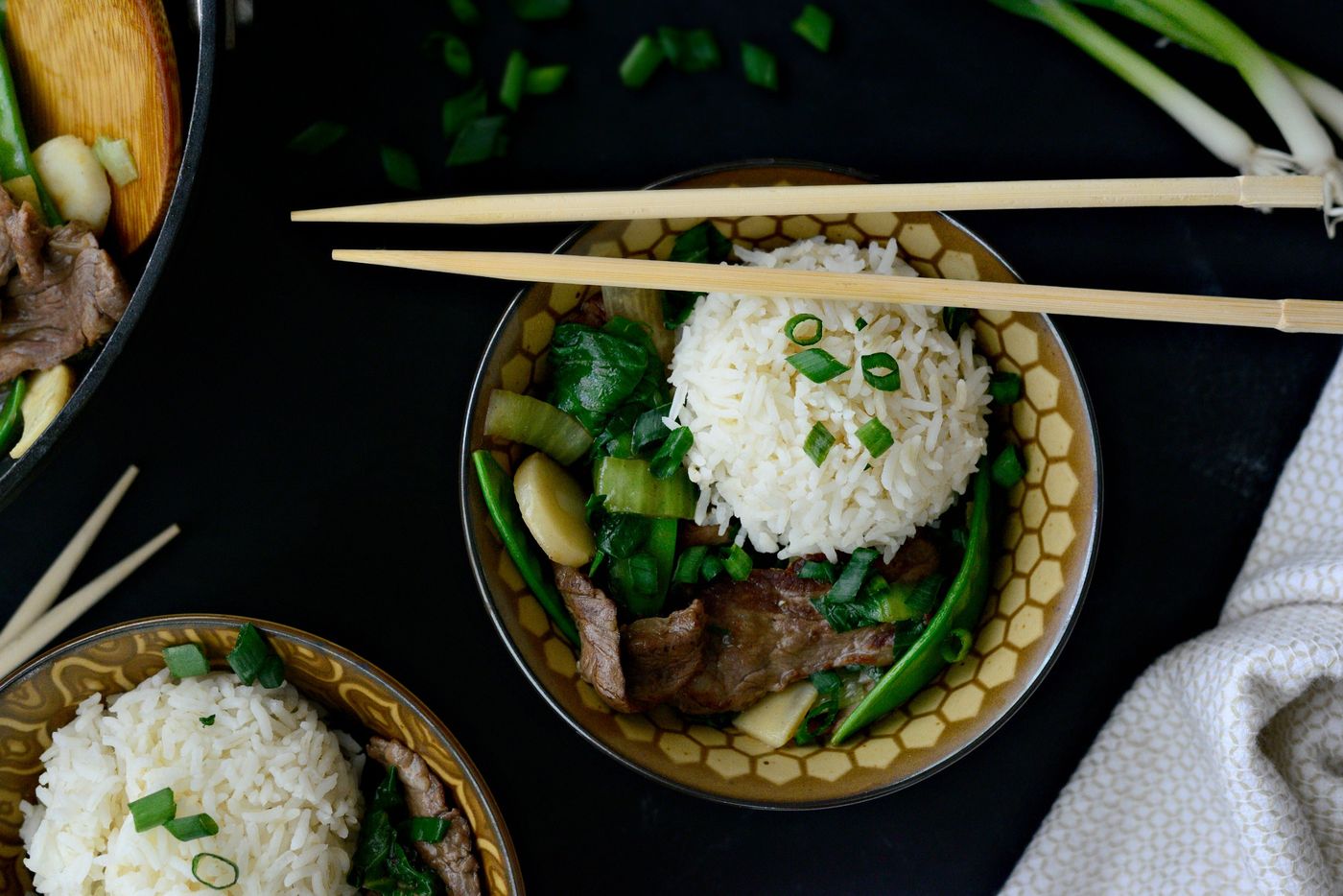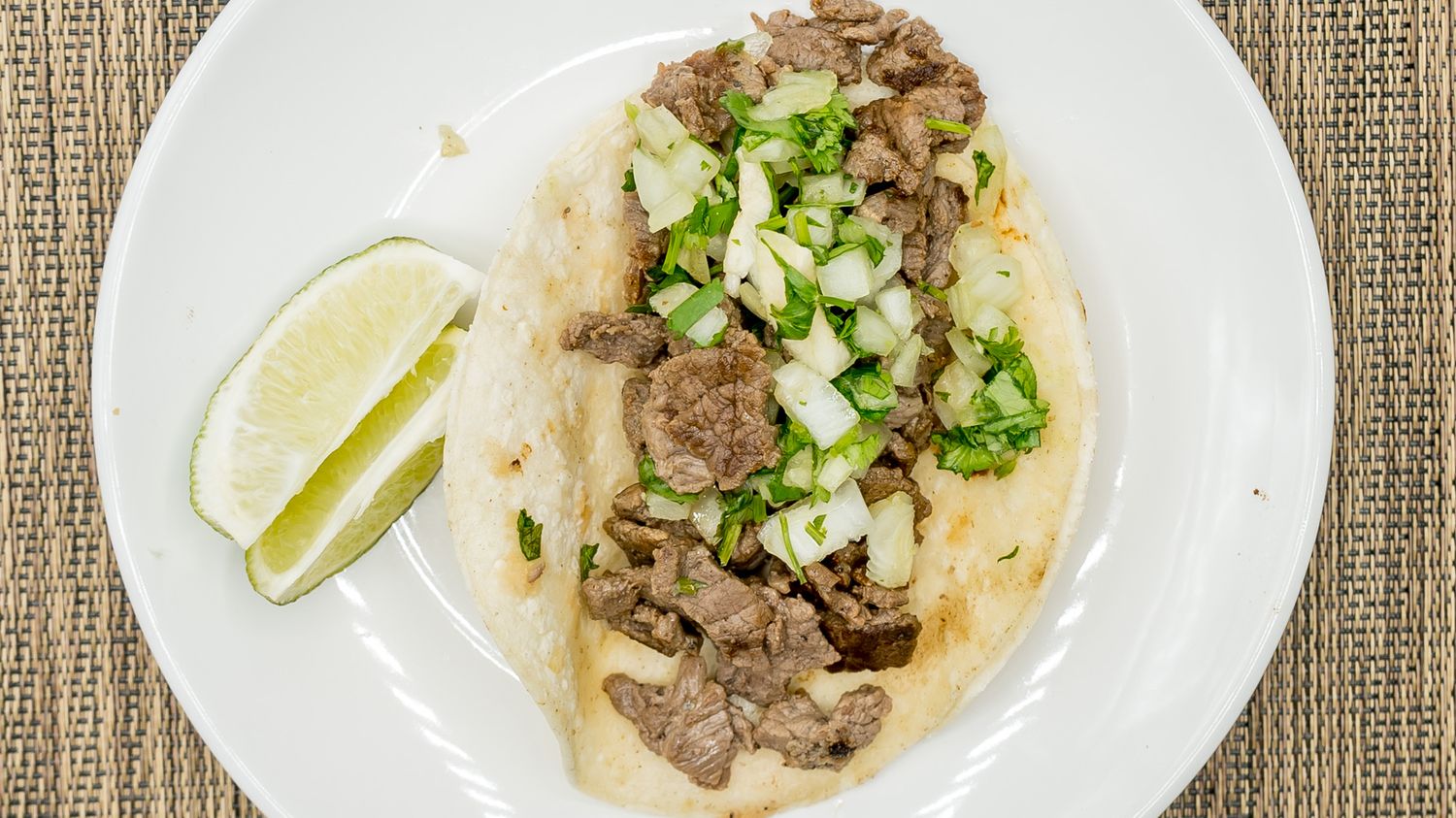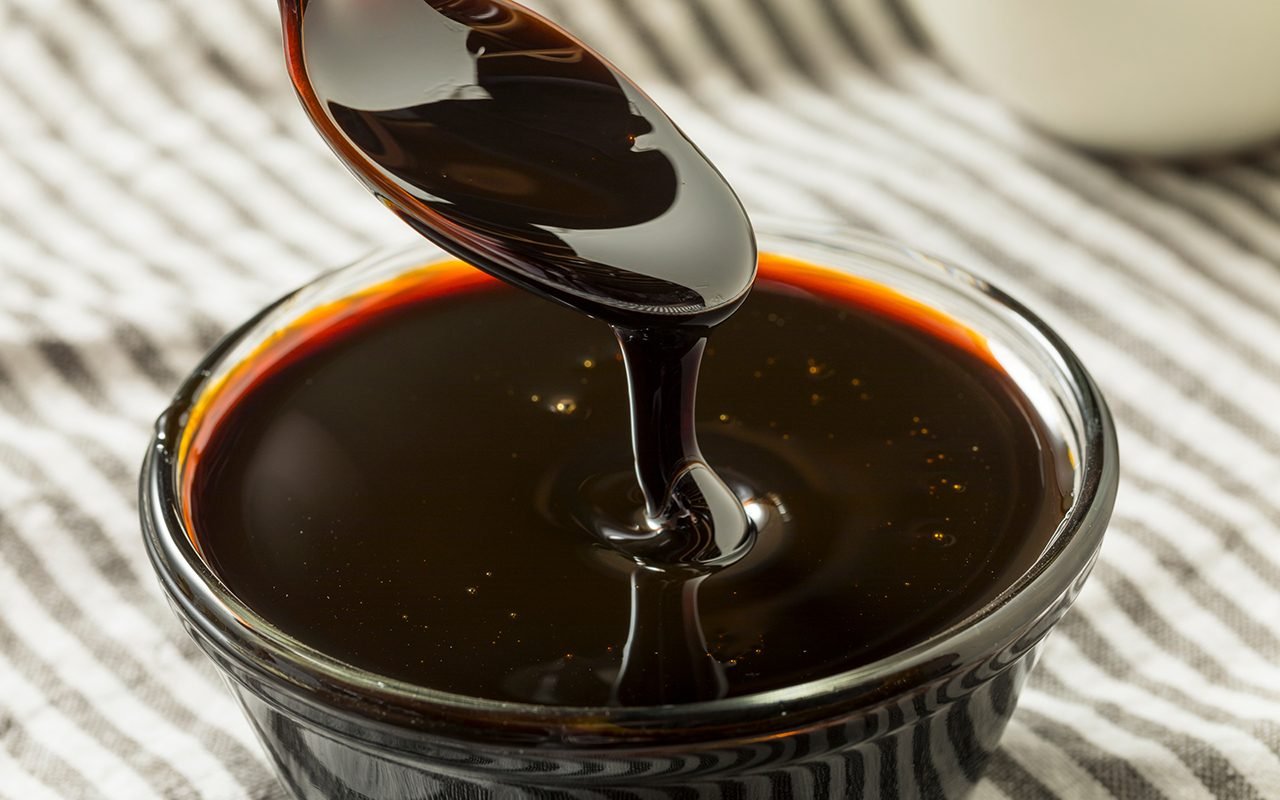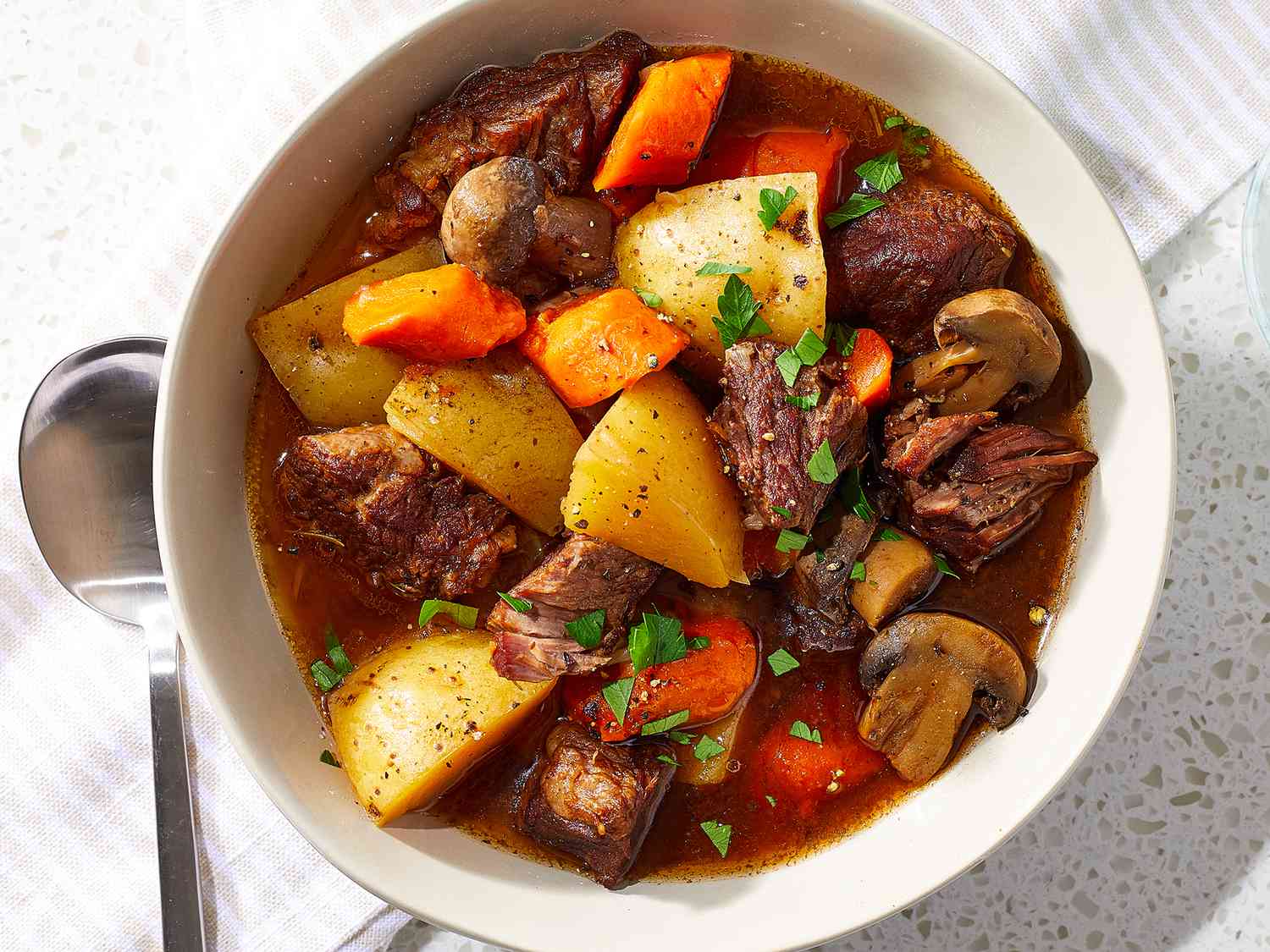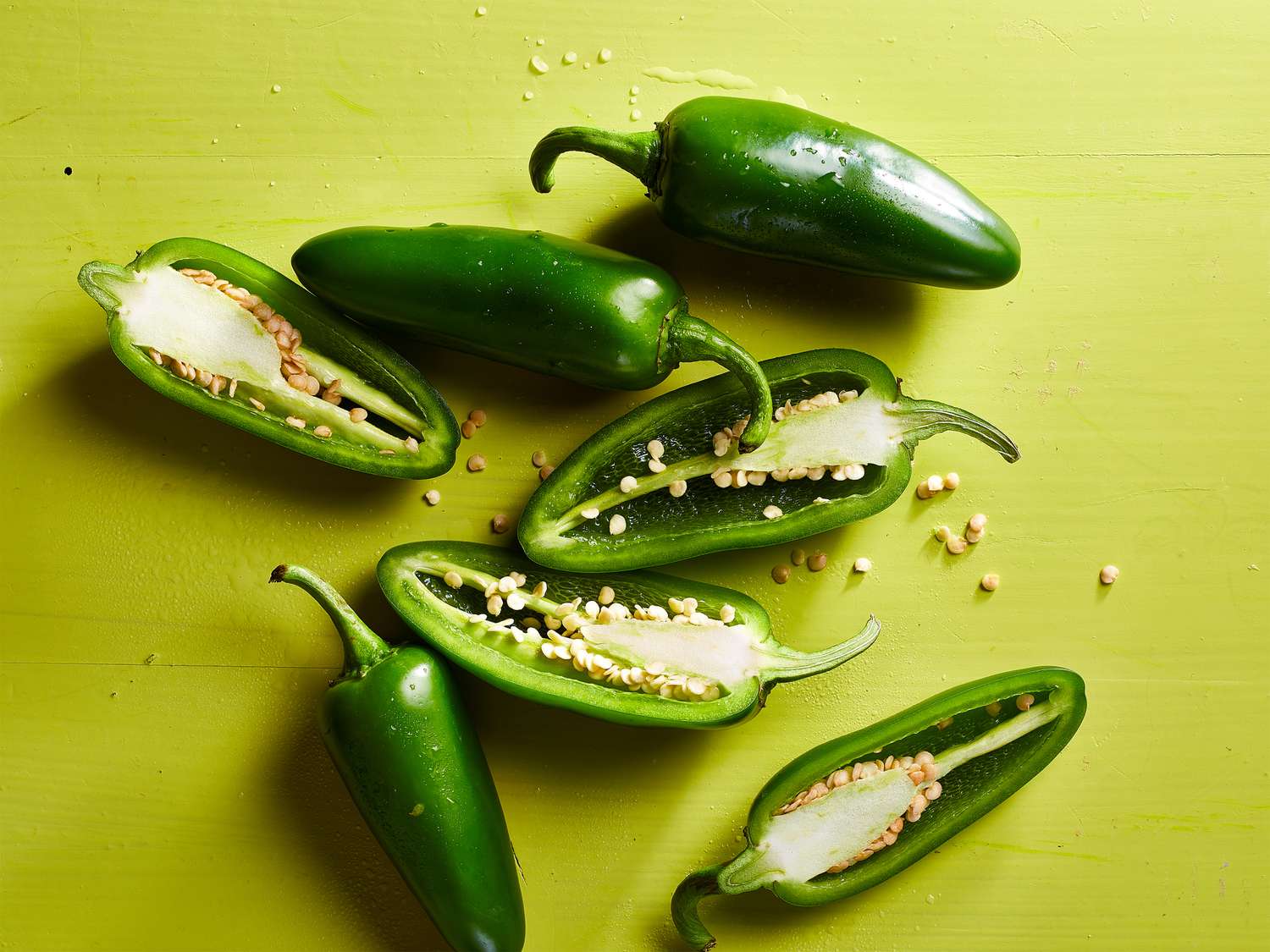Discovering the Delightful Elephant Ear Pastry
Have you ever strolled through a bakery and been captivated by the sight of a flaky, golden-brown pastry that resembles the ear of an elephant? This delectable treat is known as an Elephant Ear Pastry, and it is a delightful indulgence that has captured the hearts and taste buds of pastry enthusiasts around the world.
Originating from France, the Elephant Ear Pastry is also referred to as palmier, palm leaves, or elephant ears due to its unique shape and appearance. This classic pastry is made from laminated dough, which is rolled in sugar and then baked to perfection, resulting in a crispy, caramelized exterior and a tender, buttery interior.
What Makes an Elephant Ear Pastry Irresistible?
The appeal of the Elephant Ear Pastry lies in its simplicity and irresistible flavor. Here are a few reasons why this pastry has become a beloved treat:
- Flaky Texture: The layers of buttery dough create a delicate, flaky texture that melts in your mouth with each bite.
- Caramelized Sugar: The sugar coating on the pastry caramelizes during baking, resulting in a sweet and crunchy exterior that adds a delightful contrast to the flakiness of the dough.
- Versatility: While the classic Elephant Ear Pastry is simply coated in sugar, it can also be enhanced with additional flavors such as cinnamon, chocolate, or nuts, offering a variety of options to suit different preferences.
Enjoying Elephant Ear Pastries Around the World
While the origins of the Elephant Ear Pastry can be traced back to France, its popularity has spread far and wide, making it a beloved treat in various countries. In the United States, it is often enjoyed as a sweet indulgence with a cup of coffee or tea, while in other parts of the world, it is savored as a delightful accompaniment to a leisurely afternoon.
Whether you encounter it in a quaint bakery in Paris or a bustling café in New York City, the Elephant Ear Pastry never fails to captivate with its irresistible aroma and delectable taste.
Creating Your Own Elephant Ear Pastry
If you’re feeling inspired to experience the joy of indulging in an Elephant Ear Pastry, you can also try your hand at making this delightful treat at home. With just a few simple ingredients and a bit of patience, you can recreate the magic of this classic pastry in your own kitchen.
From carefully folding the layers of dough to sprinkling it with sugar and watching it transform into a golden masterpiece in the oven, the process of making Elephant Ear Pastries can be a rewarding and satisfying experience for any baking enthusiast.
Indulge in the Timeless Delight of Elephant Ear Pastries
Whether you’re savoring it in a charming bakery or sipping a hot beverage while enjoying a homemade batch, the Elephant Ear Pastry is a timeless delight that never fails to bring joy to those who indulge in its irresistible charm. Its simple yet captivating allure has secured its place as a beloved classic in the world of pastries, and its delightful flavor continues to enchant pastry enthusiasts of all ages.
So, the next time you come across this delightful treat, be sure to savor every flaky, caramelized bite and appreciate the timeless appeal of the beloved Elephant Ear Pastry.
Was this page helpful?
Read Next: What Is Gateau




